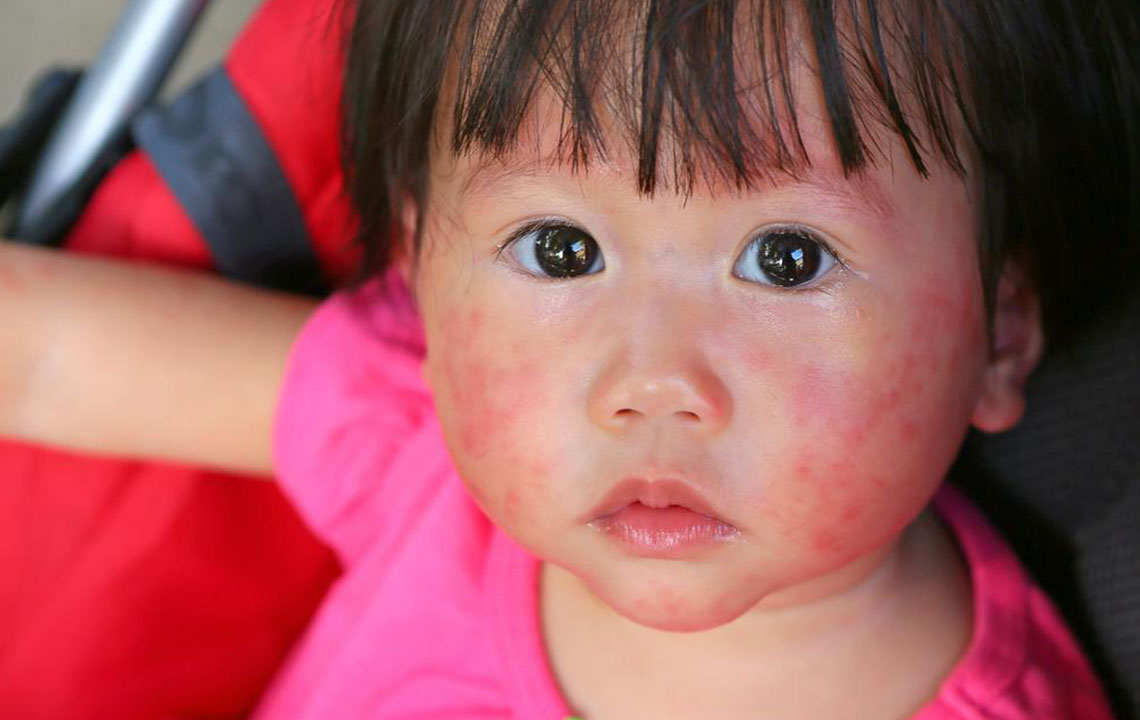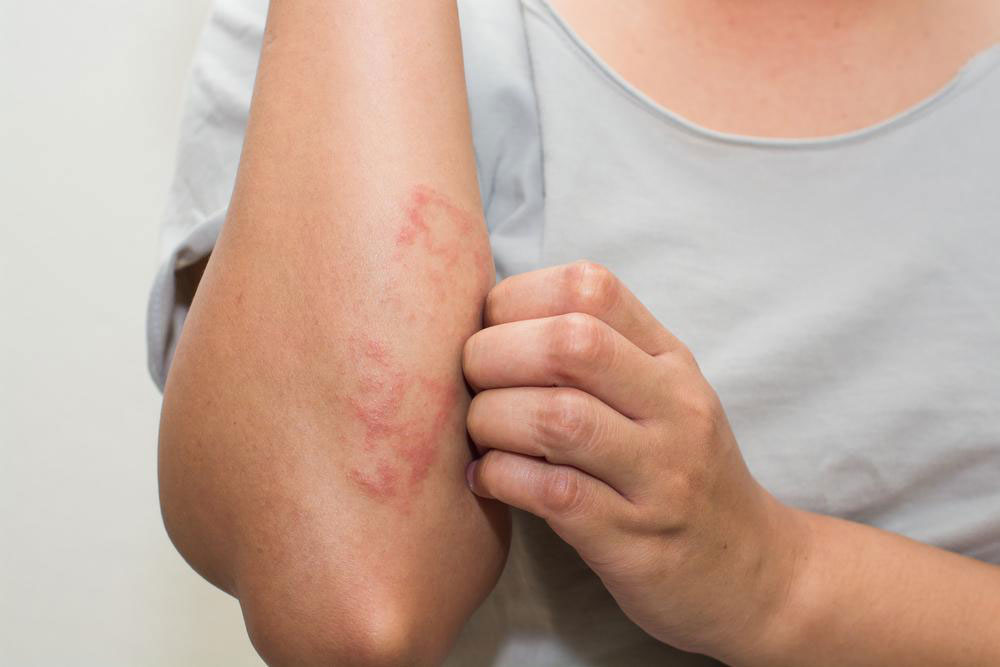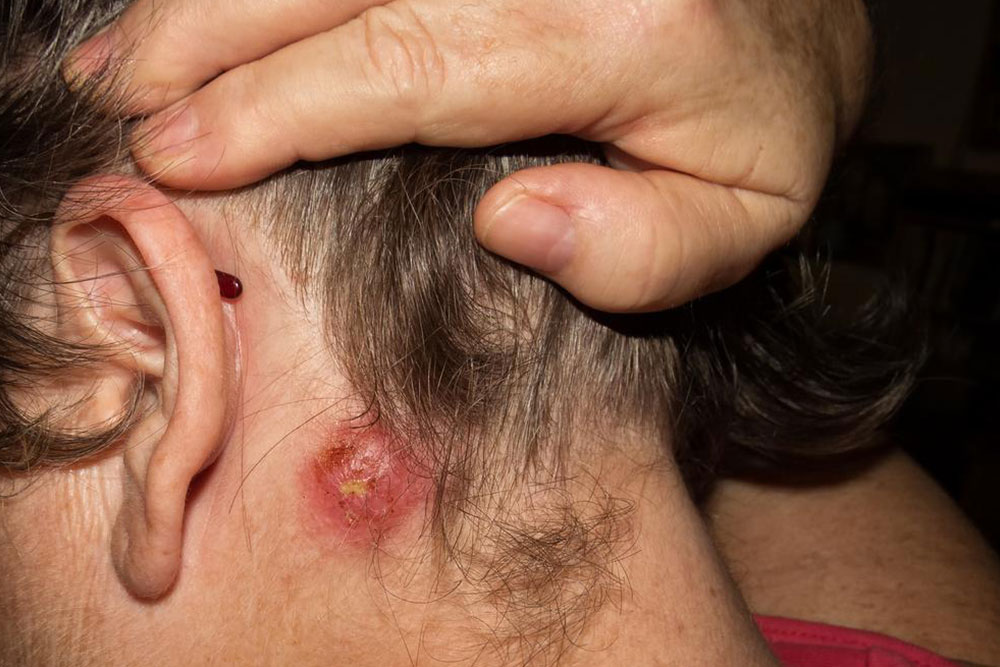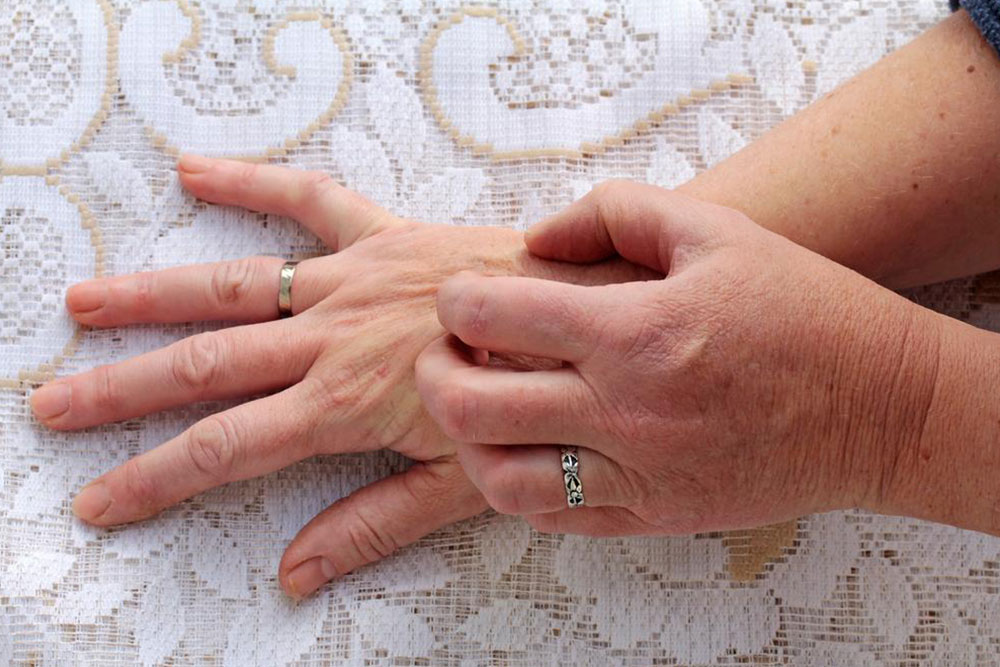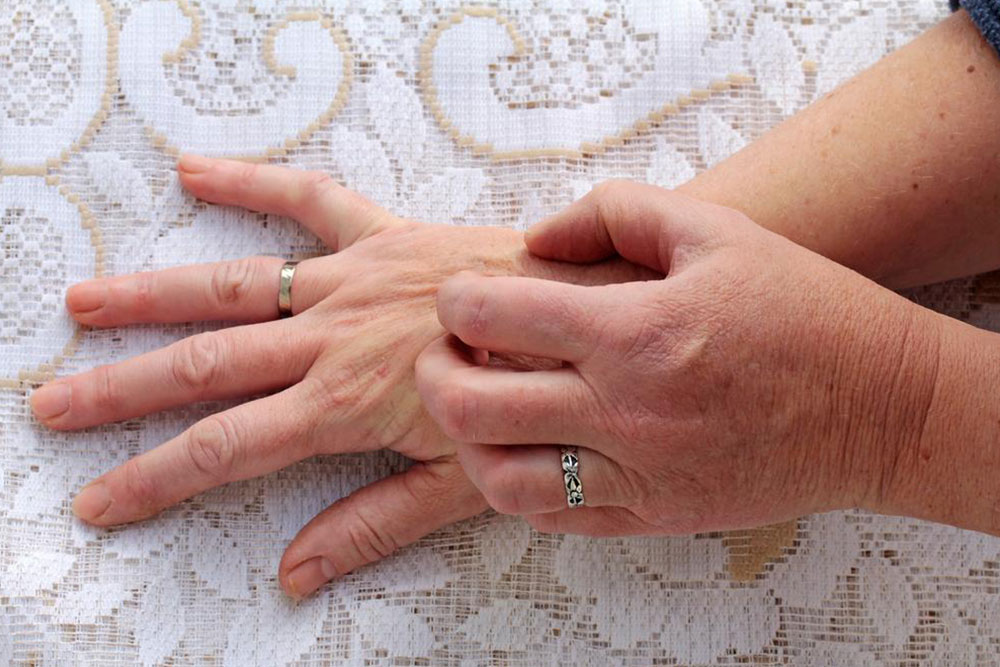Understanding Mycosis Fungoides: Beyond Skin Rash Indicators
Mycosis fungoides is a rare skin lymphoma characterized by progressive stages starting from itchy rash to tumors. It predominantly affects older men and may spread beyond the skin if untreated. Early diagnosis and treatment are crucial for better prognosis. Recognizing symptoms early and consulting healthcare providers can lead to effective management, preventing serious complications.
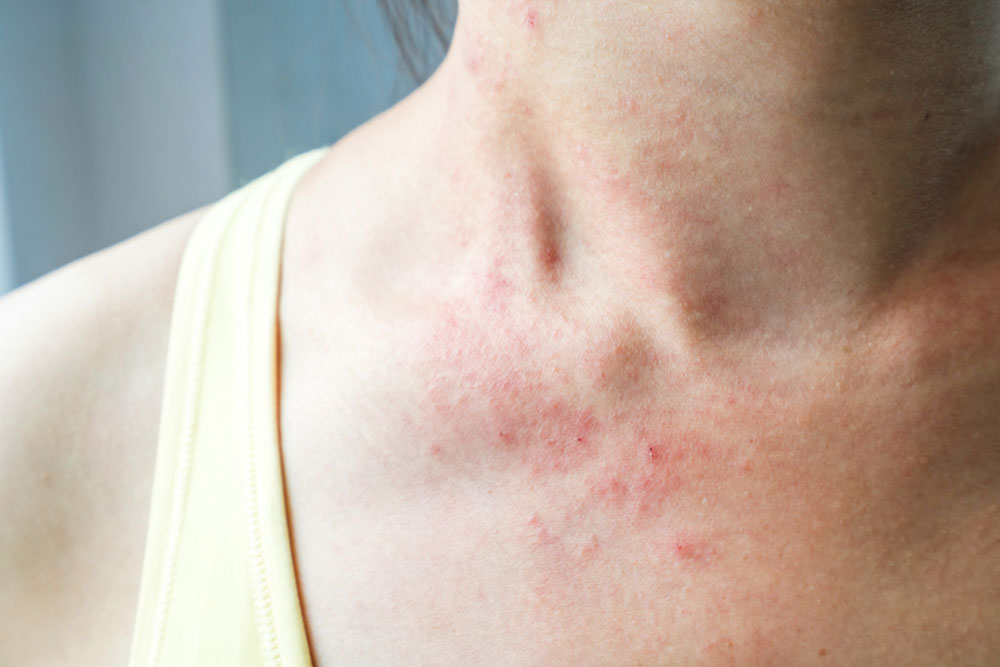
Understanding Mycosis Fungoides: Beyond Skin Rash Indicators
Not all skin rashes are harmless; some may signal underlying health issues like mycosis fungoides. This rare disease is a type of cutaneous T-cell lymphoma, a blood cancer where specific white blood cells grow uncontrollably. The abnormal cells migrate from the bloodstream into the skin, causing persistent itchy rashes. Mycosis fungoides is associated with Alibert-Bazin syndrome and often linked with Sézary syndrome, with unclear causes. It may be connected to certain viruses or chemical exposures, affecting mostly people in their 50s and 60s, especially men.
Recognizing Symptoms
The disease progresses through four stages: initial red, scaly patches; development into thickened patches; emergence of raised red bumps and plaques; and finally, tumor formation that may ulcerate. Not everyone experiences all stages, and early detection is key. While mostly confined to the skin, spread to other organs warrants urgent medical care. Persistent, non-resolving rashes should prompt consultation with a healthcare provider.
Experts believe viral factors or chemical exposures may trigger uncontrolled T-cell growth in mycosis fungoides. Although rare, awareness and early diagnosis improve treatment outcomes. Symptoms develop gradually, emphasizing the importance of monitoring persistent skin changes and seeking medical advice promptly. Treatments are available that allow many to manage the condition effectively, especially if diagnosed early.

